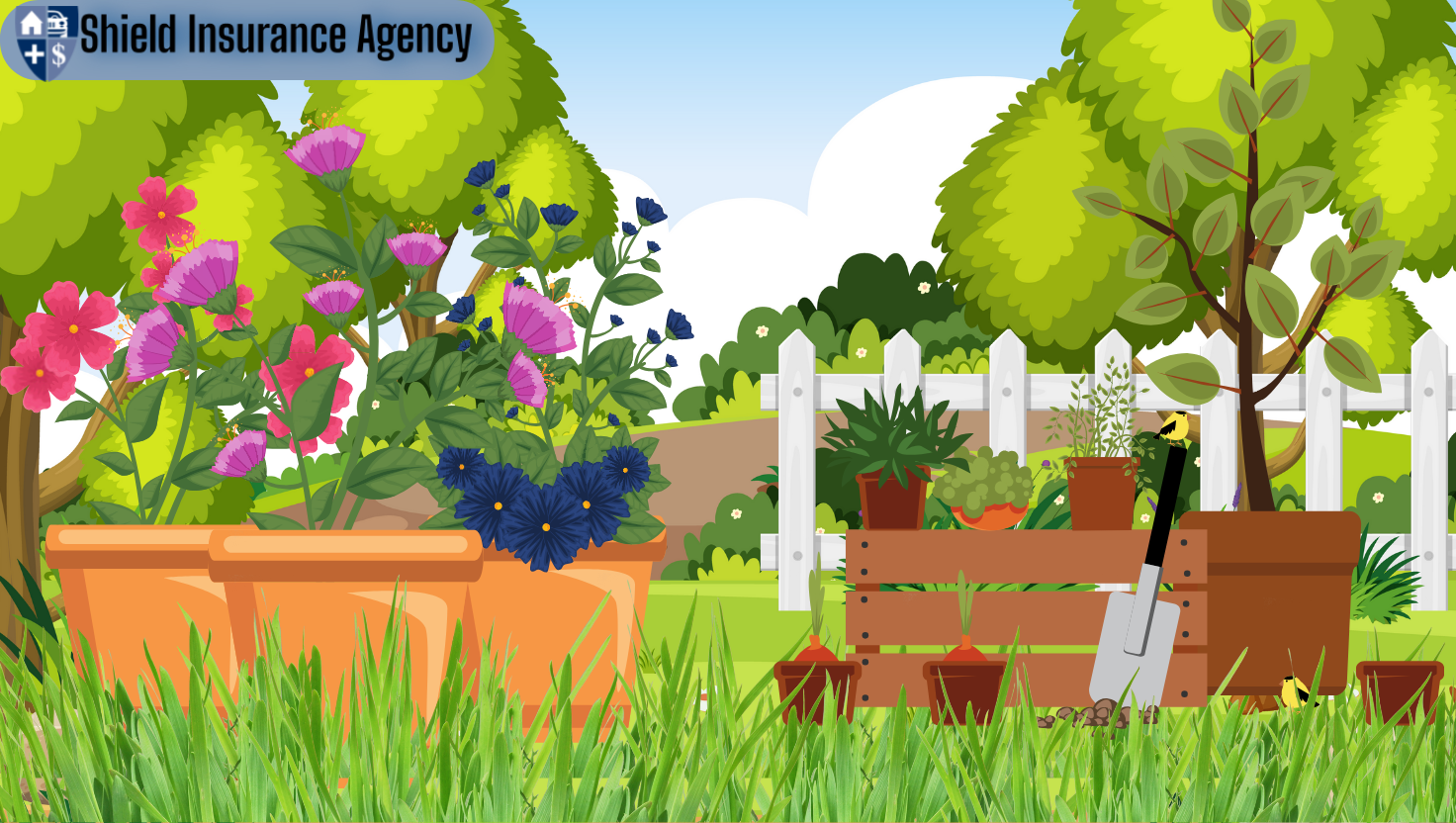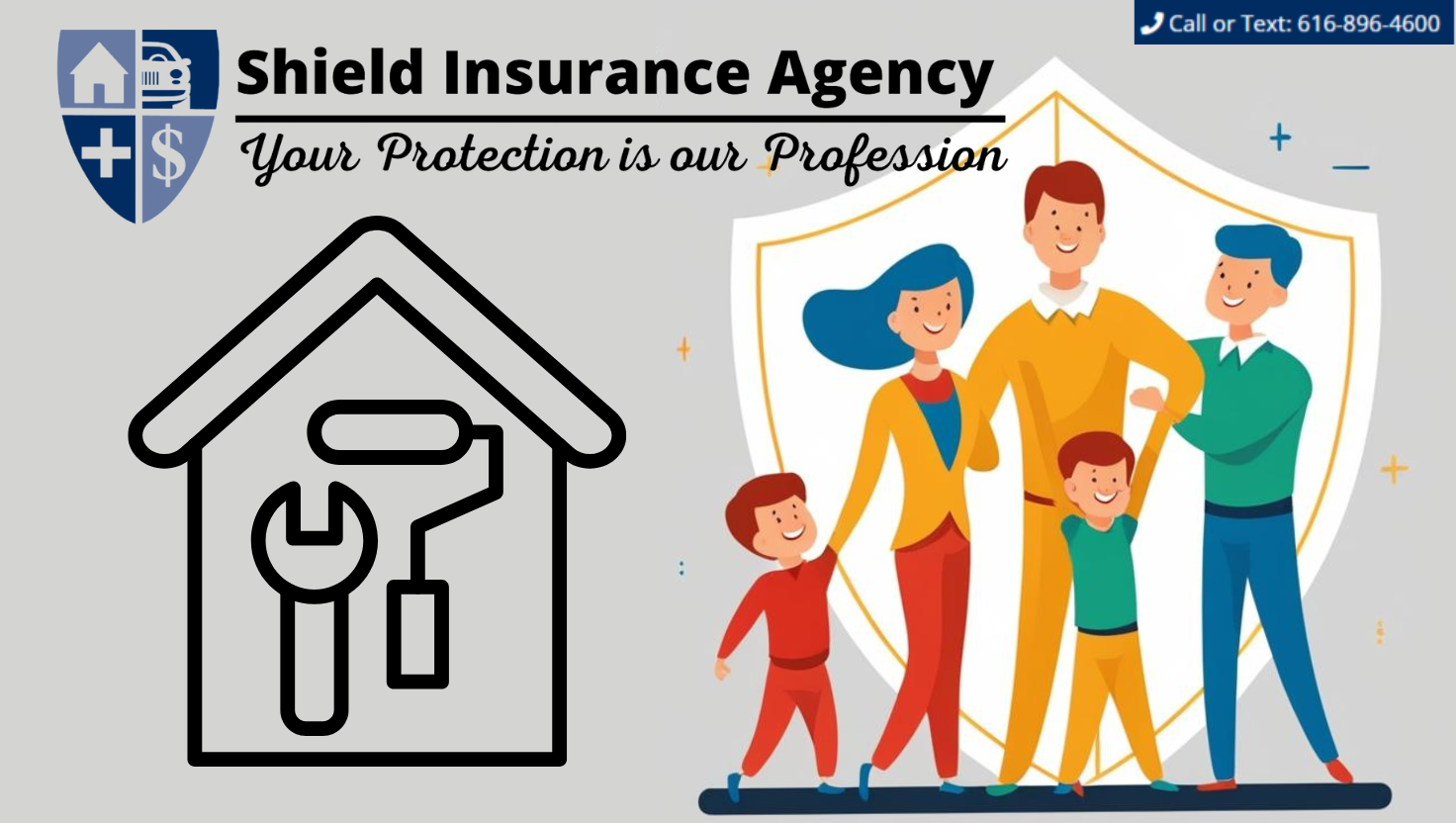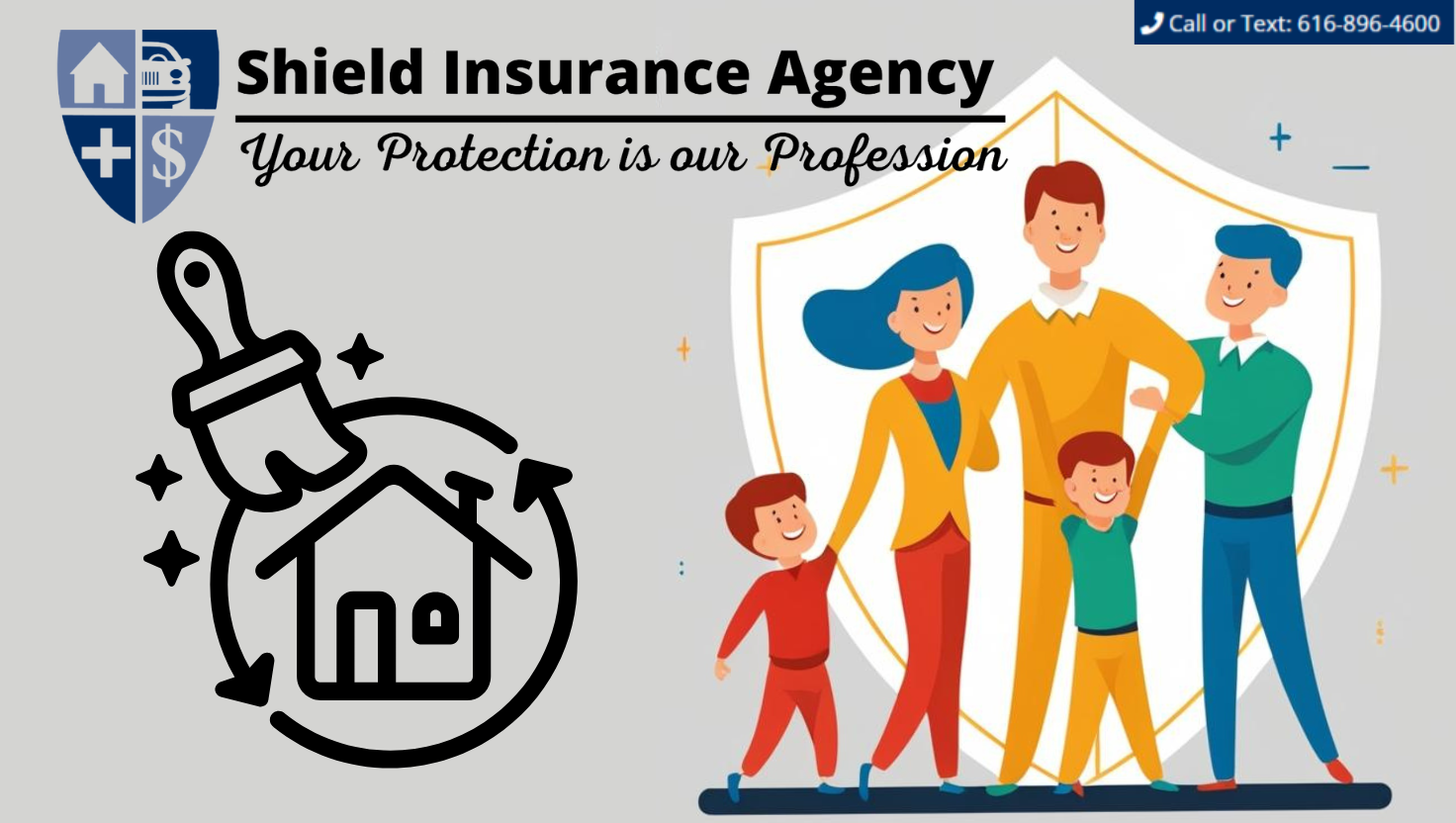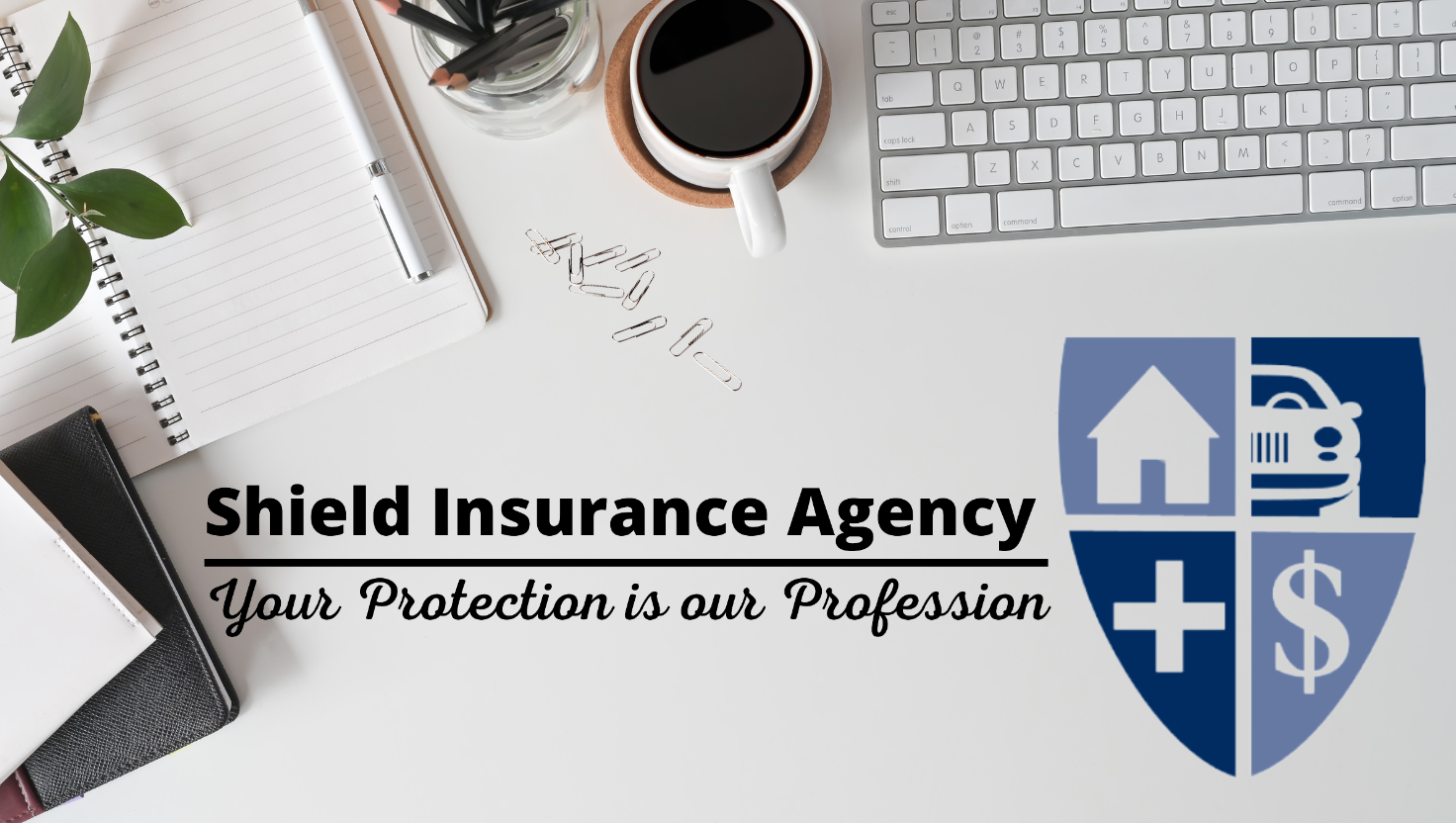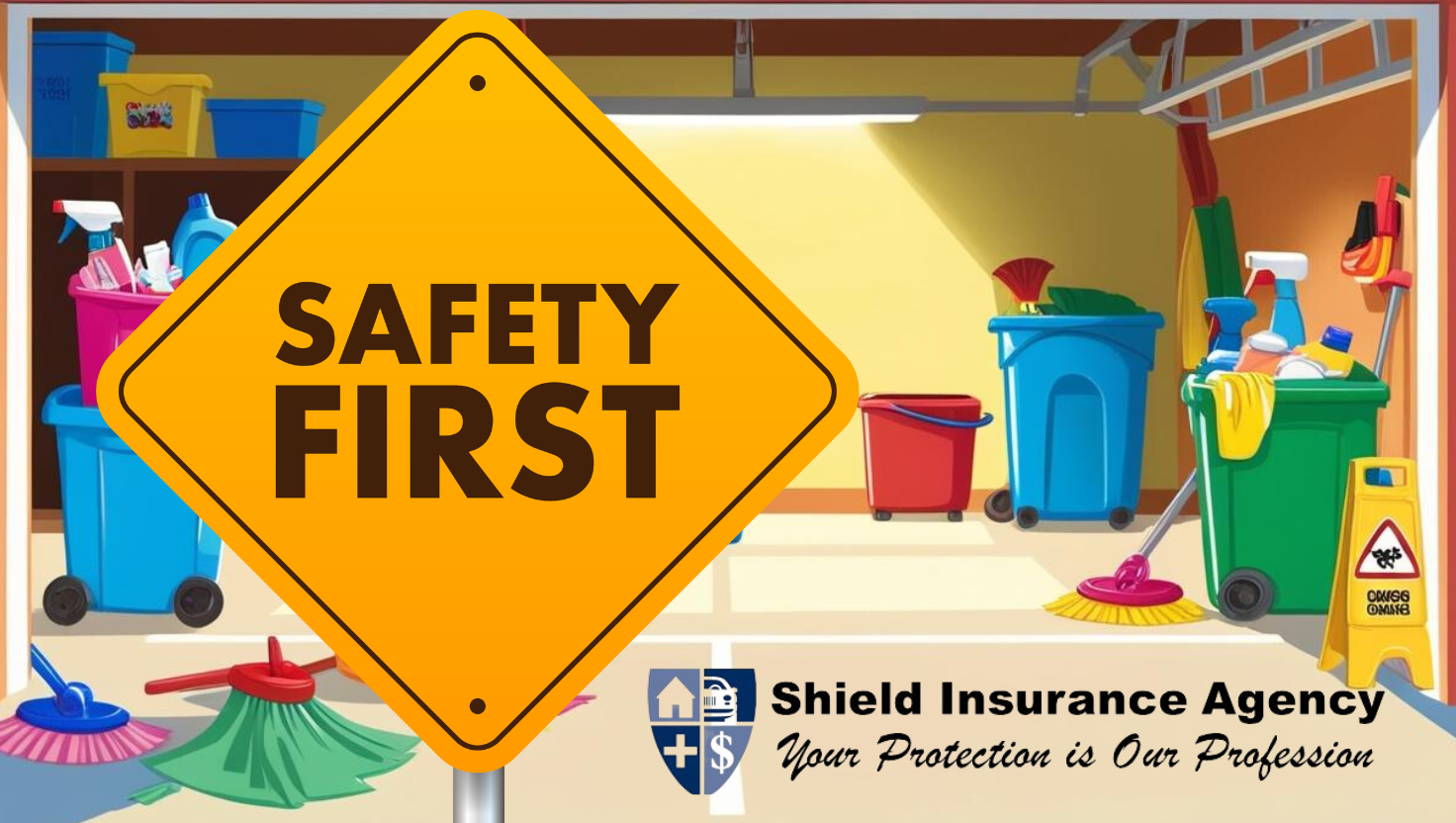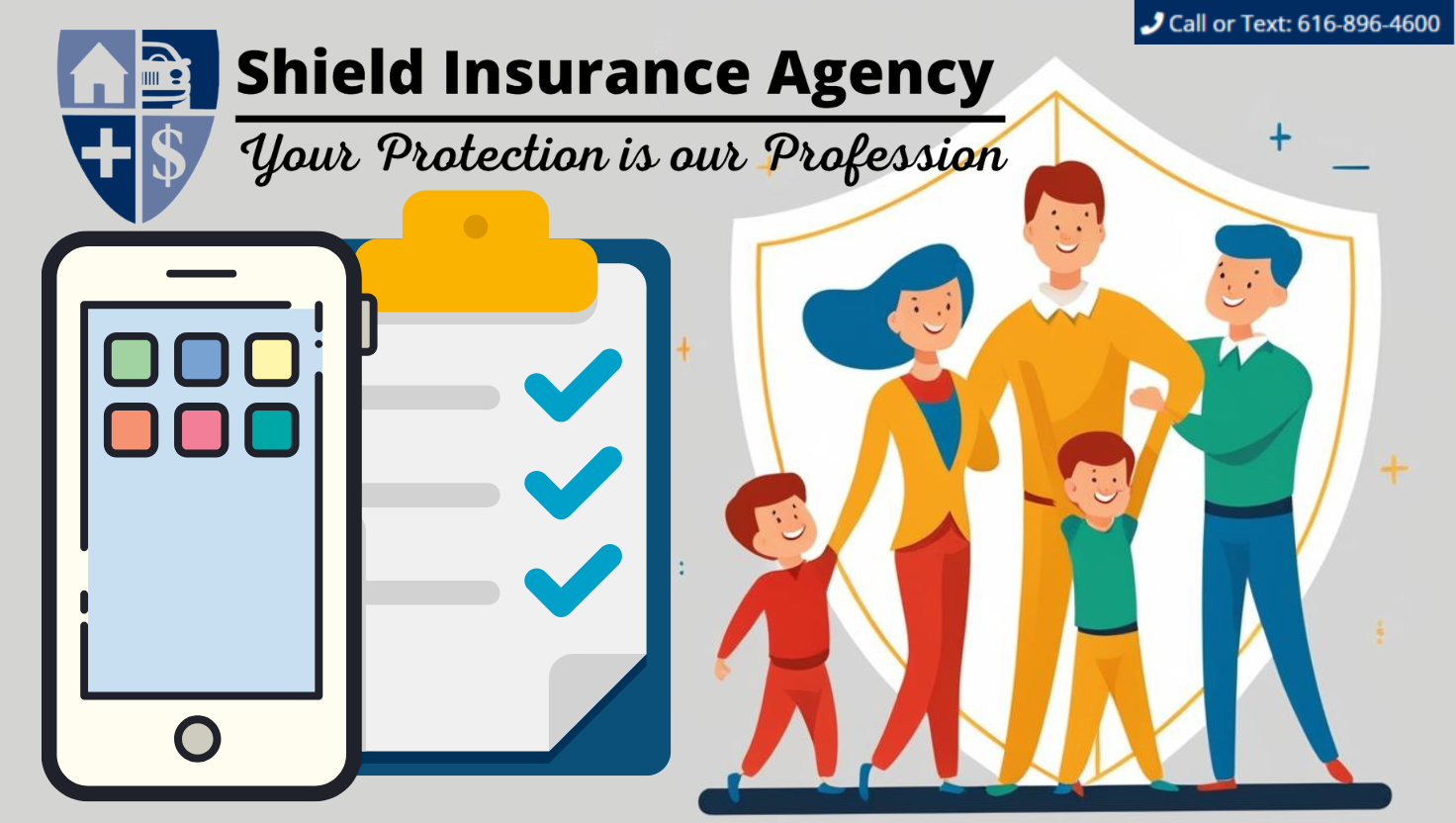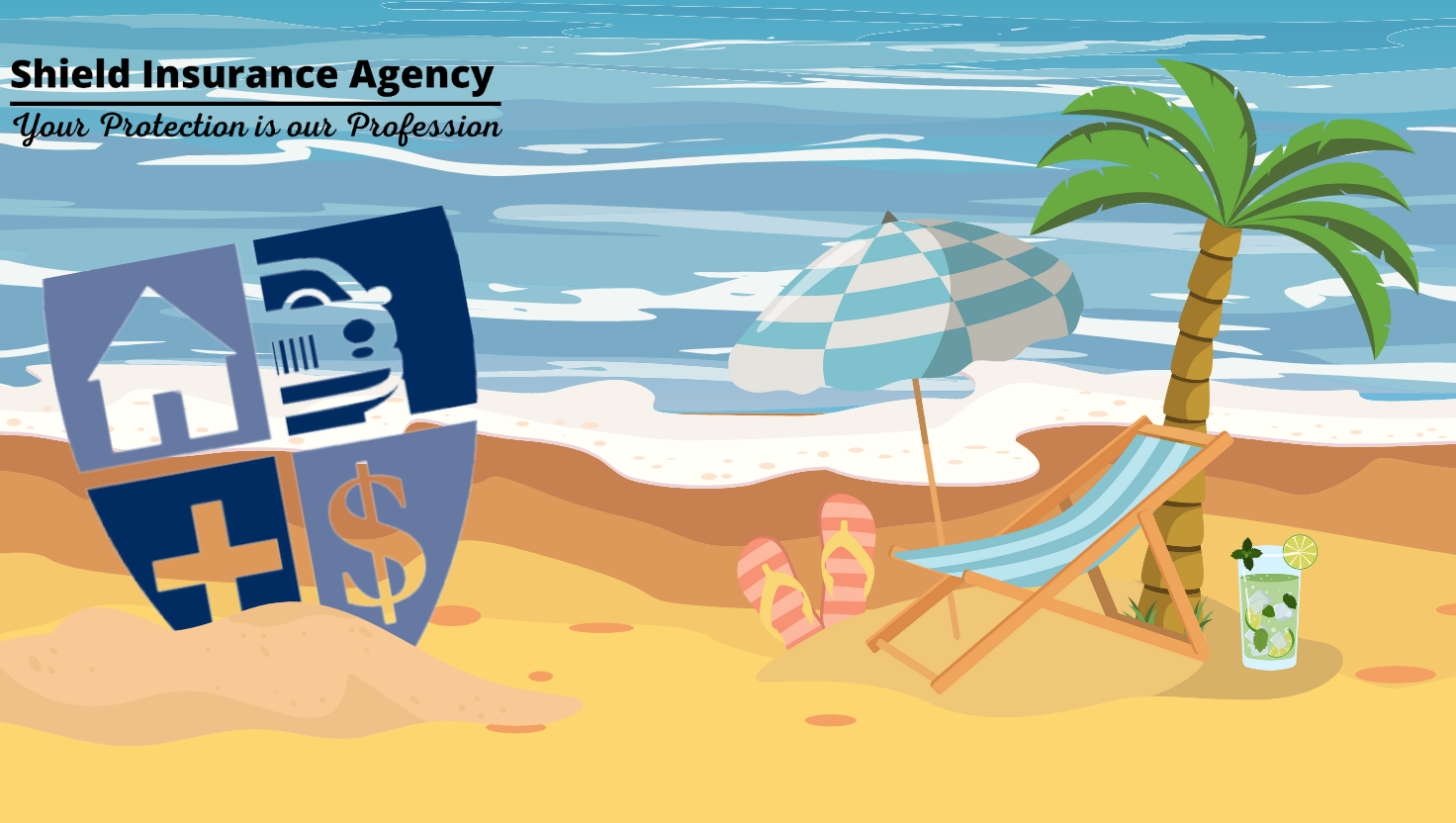
Hemingway & Michigan Summers
Shield Insurance Blog | Hemingway |
Ken Burns’ Hemingway Documentary Includes Michigan Summers
By MYNORTH NEWS SERVICE on March 12, 2021
Award-winning filmmakers Ken Burns and Lynn Novick direct the upcoming three-part, six-hour documentary on Ernest Hemingway, including historical photographs of the writer’s summers spent in Northern Michigan.
The series about Hemingway, the iconic literary figure considered one of the greatest American writers, will premiere on central and Northern Michigan PBS affiliate, WCMU Public Media, April 5 at 8 p.m., and include voice actors Jeff Daniels as Hemingway; plus Meryl Streep, Keri Russell, Mary-Louise Parker, and Patricia Clarkson as Hemingway’s four wives. The documentary series will also include historical photographs of Hemingway’s time spent in Northern Michigan, provided by Michigan’s Clarke Historical Library.
“The extraordinary pictures in the photo albums at the Clarke Library are absolutely irreplaceable to our film,” shares filmmaker Lynn Novick about the important photographs the Clarke Historical Library provided for the documentary series. “They make it possible for us to represent Hemingway’s family and life in Michigan in the most vivid, tangible, and authentic way, and we are so grateful to be able to include them.”
In anticipation of this series, and to explore Hemingway’s deep ties to Northern Michigan along with how they influenced his attitudes, passions, and writings, WCMU Public Media is partnering with the Clarke Historical Library and noted Hemingway historian Michael Federspiel for “Hemingway in Michigan: A Live Streaming Event” Wednesday, March 31 at 6 p.m.
During this virtual event, attendees will enjoy “Let’s Go Back” video stories featuring the Clarke Historical Library’s Hemingway Collection containing one-of-a-kind items from the legendary author’s life, watch an exclusive advanced preview of the Hemingway documentary series before its April 5 nationwide premiere on PBS, and participate in a question-and-answer session with Hemingway experts, including filmmaker Lynn Novick and producer Sarah Botstein.




